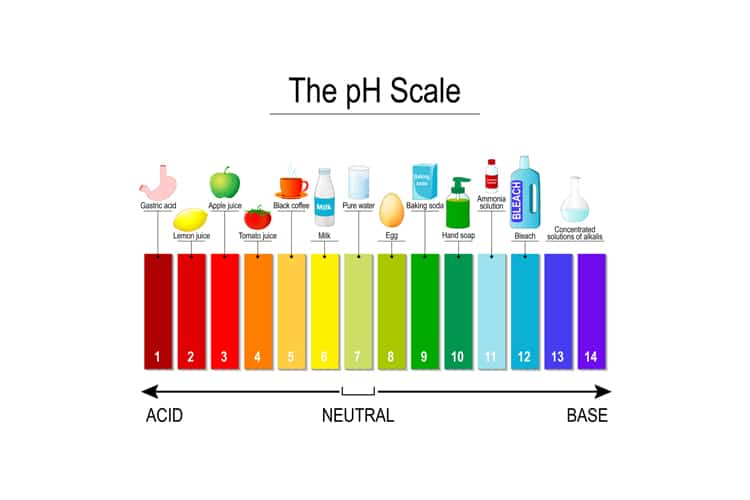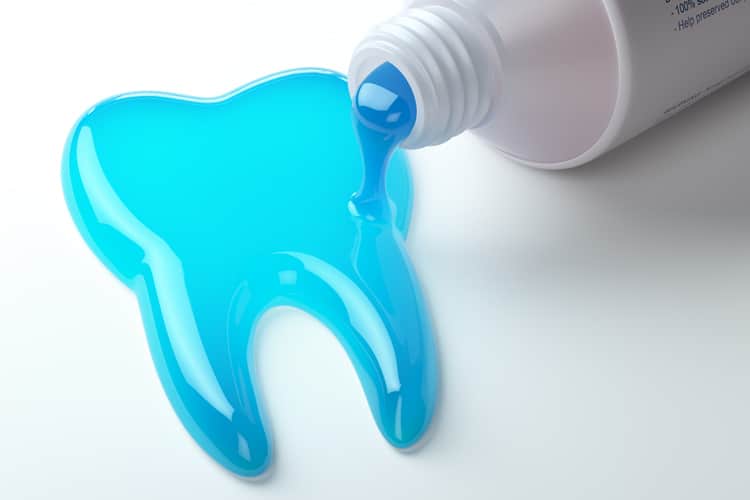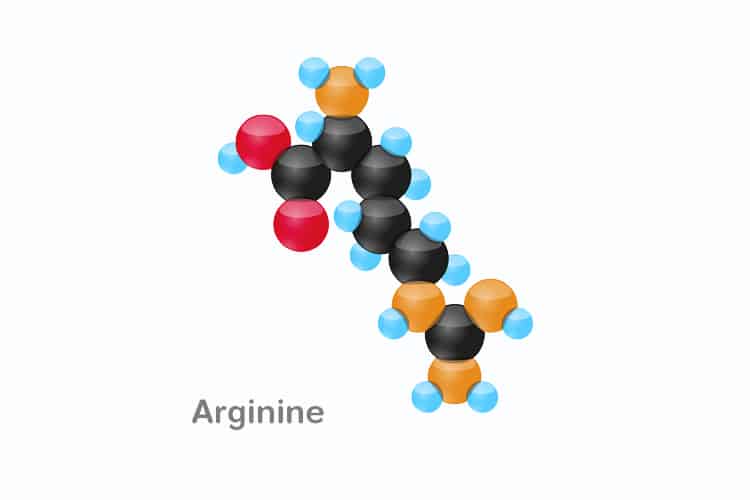Supporting Remineralization
The process of remineralization remains crucial to preventing caries and arresting incipient lesions.

The process of remineralization remains crucial to preventing caries and arresting incipient lesions. As prevention specialists, dental hygienists are well-positioned to make clinical recommendations regarding diet, oral self-care, and product selection. Clinicians should use a caries management by risk assessment (CAMBRA) approach to determine best practices for treatment and at-home recommendations tailored to each patient’s needs. By conducting a caries risk assessment, the clinician can tailor his or her oral self-care instruction to meet the specific needs of each patient.
Photo Credit: Eva-Katalin / E+

Nonsurgical Approach
The nonsurgical approach is a less invasive way to manage caries and allows the clinician to focus on identifying the cause of disease through the assessment of risk factors. Once the risk factors for caries are identified, they can be modified via professional recommendations made for both in-office and at-home care for each patient. For existing carious lesions, the clinician critically evaluates and suggests best treatment options, including focusing on remineralization for initial stage lesions. An area of demineralized hydroxyapatite can be remineralized, and depending on the agents used to enhance remineralization, the tooth structure can become stronger and more caries resistant.
Photo Credit: Aja Koska / E+

Role of pH
An essential component to consider when addressing caries and discussing remineralization is pH.7 The scale of pH ranges from 0 to 14. The lower the pH reading, the more acidic the environment being measured. A neutral pH reading is considered to be 7. A low pH, or an acidic environment, leads to demineralization of the teeth. Enamel, the hardest substance in the body, begins to break down at a pH of 4.5 to 5.5. Cementum begins to break down in a pH environment of 6.0 to 6.7. A drop in the pH may be caused by carbohydrate consumption, acid-producing bacteria, and decreased salivary flow. When the pH is low or the environment is acidic, the risk for caries increases. By identifying low pH as a risk factor for caries, the clinician can use this information to educate the patient and make evidence-based recommendations for professional and at-home care.
Photo Credit: ttsz / iStock / Getty Images Plus

At-Risk Patients
Individuals who are at risk for dental caries include those with cariogenic diets (including frequent carbohydrate consumption), xerostomia (decreased salivary flow), increased bacteria (especially mutans streptococci and lactobacilli), past caries experience, poor oral self-care, increased acidity due to acid reflux or bulimia, and root exposure. Educating patients on their caries risk is essential when explaining clinical findings and making recommendations.
Photo Credit: CarlaNichiata / iStock / Getty Images Plus

Treatment Options
Oral health professionals are positioned to critically assess clinical findings and determine the needs of each patient. Recommendations should include primary preventive strategies. Primary means of preventing decay remain unchanged. Recommendations for caries prevention and management include water fluoridation, dental sealants, diet modification, fluoride dentifrice and mouthrinse, and topical fluorides. Diet counseling should include a recommendation to decrease sugar consumption. Rinsing with water after eating and drinking may also be helpful. Diet counseling may include education on avoiding certain acidic foods and beverages. Even some bottled waters are considered more acidic and should be avoided.
Photo Credit: Bet_Noire / iStock / Getty Images Plus

Adjunctive Approaches
Adjunctive therapies that may be recommended include professional treatments and at-home prescriptive and over-the-counter regimens. Casein phosphopeptide-amorphous calcium phosphate (ACP) has shown similar remineralizing effects as fluoride, while 2% arginine added to neutral sodium fluoride (NaF) has shown to enhance remineralization. Prescription 1.1% NaF and calcium phosphate pastes have also been shown to decrease bacterial colonization and remineralize tooth structure. Silver diamine fluoride (SDF) both prevents and arrests dental caries. By promoting the formation of hydroxyapatite and fluorapatite, SDF strengthens the tooth. The silver in SDF also has antibacterial properties, making the lesion smaller and more resistant to acid attacks. Oral health products with ACP, casein phosphopeptide-ACP (Recaldent), calcium sodium phosphosilicate (NovaMin), and tricalcium phosphate may encourage remineralization.

